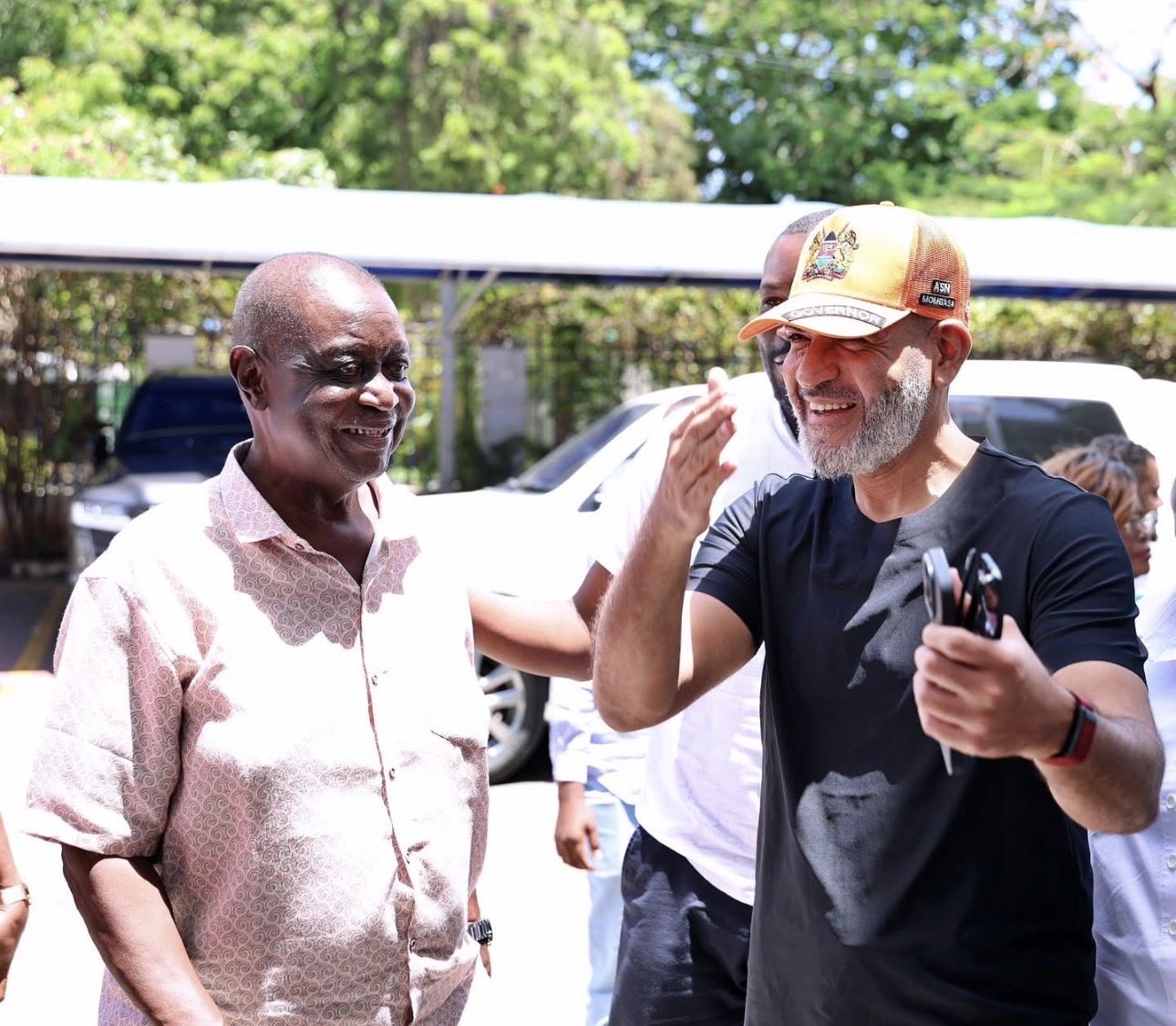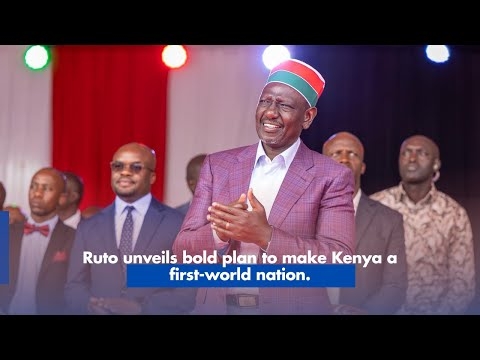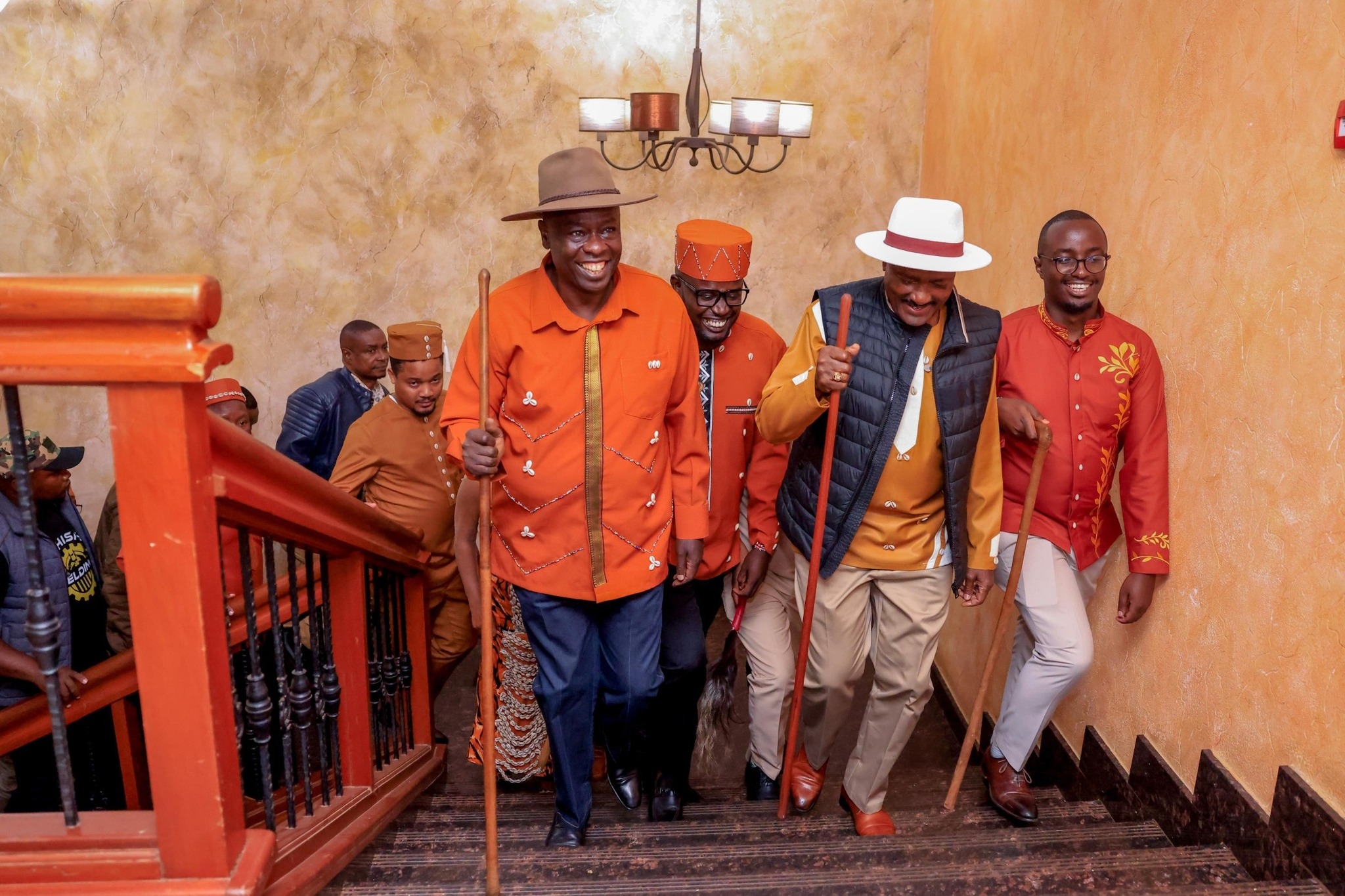

With his unmatched political charisma and national appeal
and influence, Raila defined the party for close to two decades, making it one
of the most influential parties in the country.
ODM’s Central Management Committee on Monday endorsed Siaya
Senator Oburu Odinga, Raila’s elder brother, as the acting party leader pending
the National Delegates Conference (NDC) to chart a new course.
But while Oburu’s appointment preserves a sense of
continuity, it also exposes the party’s deep uncertainty about life after
Raila.
For years, ODM’s strength lay in its fusion of Raila’s
personal brand, liberation credentials and populist politics that transcended
party structures.
His death now leaves ODM struggling to redefine its identity
in a post-Raila era, a task Oburu inherits, albeit temporarily, at a time when
both internal and external pressures are mounting.
The party’s immediate challenge is leadership legitimacy.
Oburu’s selection has been viewed as a stopgap measure to stabilise the party
rather than a long-term solution.
As he takes over, Oburu faces a divide between the
progressive ‘Young Turks’, labelled the rebels in the party, and the old guard,
who have differed over the future of the broad-based deal.
On Saturday, secretary general Edwin Sifuna and chairperson Gladys
Wanga differed over the support for President Ruto’s “two-term”.
Sifuna inn a jibe directed at Wanga said there were no
broad-based candidates, and ODM would be going into the November 27 by-elections
as a party.
Wanga had argued that had agreed as a broad-based team that
where there is an UDA candidate, ODM would support particularly in Malava,
Mbeere, Banisa and Baringo. She was accopmanying DP Kithure Kindiki to campaign
in Kasipul.
The arrangement and support for Ruto in 2027 caused visible
cracks in the party, with party factions differing publicly during Raila’s
burial.
A section led by Wanga, deputy party leaders Geoffrey Osotsi
and Abdulswamad Nassir, backed by ODM ‘experts’ in the government, vowed to
stay put in the broad-based government and even back President William Ruto’s
2027 re-election bid.
However, another faction led by ODM secretary general Edwin
Sifuna distanced itself from the remarks, saying Raila’s last instruction was
that ODM would have a presidential candidate in 2027. As of Saturday, Nassir
appeared to have joined Sifuna’s camp.
While those already in the Executive passionately expressed
their support for the government, the Sifuna-led camp maintained that Raila
didn’t give direction for the backing beyond 2027.
With the broad-based arrangement, ODM risks being swallowed
by the ruling party or losing bargaining power in coalition negotiations, a
risk Oburu addressed in a recent interview.
Oburu said his priority would be to strengthen the party for
it to have leverage in negotiations with Ruto post-2027.
Homa Bay Senator Moses Kajwang’ on Thursday told a
vernacular FM station that Raila’s cooperation with Ruto was never formalised
through any political pact but rather founded on mutual understanding to
stabilise the country at a time of national crisis.
“The former Premier Raila Odinga had not paid a bride price
in the marriage with the Kenya Kwanza administration, so as his foot soldiers,
we desist from doing so lest we lose strategic positions,” Kajwang’ said.
Raila’s sister and Kisumu Woman Representative Ruth Odinga
has also weighed in on the matter, arguing that the broad-based arrangement was
to steady the Kenya Kwanza ship until 2027.
“You cannot, as a member of the ODM party in the broad-based
government, start shouting 'Tutam'. What would be your negotiating edge
post-2027 polls?” she asked.
Ruth, a member of the party’s Central Management Committee,
said their immediate focus is on strengthening the party and getting the right
candidates who will deliver victory.
Political analyst Dr Patrick Otieno said ODM’s survival
hinges on its ability to project unity and a coherent agenda.
“The tragedy for ODM is that its institutional structures
were always secondary to Raila’s personality,” he said.
“Without him, the party must either reinvent itself as a
collective movement or face gradual decline.”
Oburu also has the challenge of managing the growing
impatience among younger politicians, such as Embakasi MP Babu Owino and Saboti
MP Caleb Amisi, who feel it is time for generational change.
In his attempts in this regard, Oburu on Thursday met with
Owino and discussed means of strengthening unity and inclusivity within the
party.
“Hon Babu Owino symbolises the vibrant energy and
determination of our youth. He has a promising future and we are together,” the
acting party leader said.
Meanwhile, at the Coast and in Western Kenya, regions that
formed ODM’s second and third pillars, shifting alliances could weaken the
party’s base.
The Coast bloc is likely to be up for grabs by Wiper and
DCP, while parts of Western are tilting towards DAP-K, which is aligned with
the opposition.
The United Opposition is also likely to benefit from the
opposition vacuum left by ODM, which has declared support for President Ruto
until 2027.
The alliance is made up of the parties led by Kalonzo
Musyoka (Wiper), Rigathi Gachagua (DCP), Martha Karua (PLP) and Eugene Wamalwa
(DAP-K).
ODM faces a delicate balancing act: maintaining Raila’s
legacy, asserting Oburu’s transitional authority and establishing its identity
post-Raila.
But for now, Oburu Odinga carries the heavy burden of
guiding a party that must mourn, reorganise and redefine its soul, all without
the man who made it matter.














